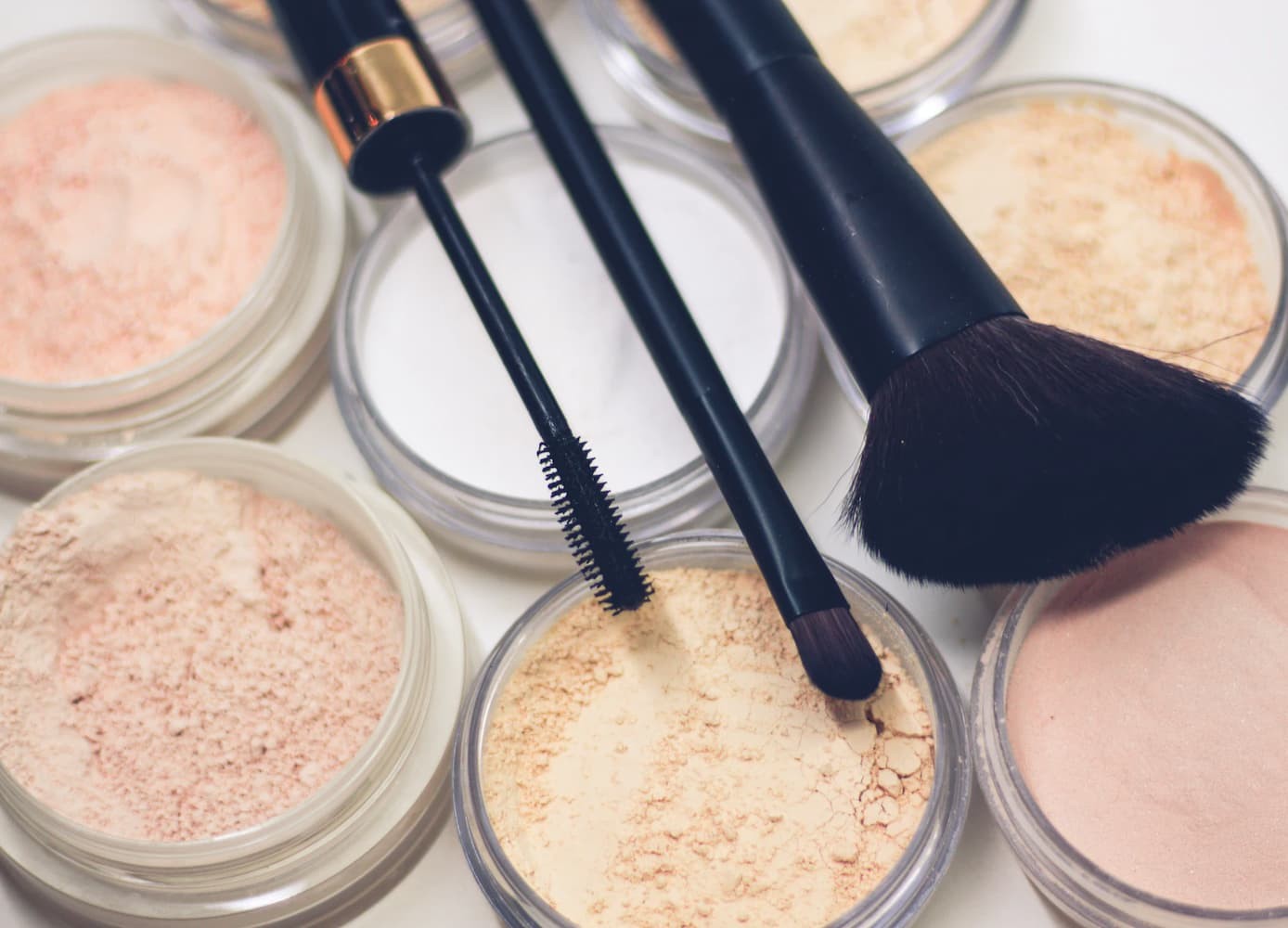
What are parabens?
Parabens are chemical preservatives utilized as additives in a wide range of cosmetics, toiletries and foodstuffs. They are derived from benzoic acid and ensure that moulds, fungi and bacteria do not contaminate a product. This is primarily aimed at maximizing their shelf life. They are also used industrially in oils, fats and glues. Though they are a naturally occurring substance, parabens are typically chemically synthesised for their widespread commercial application. Because many creams, lotions and shampoos are absorbed by the skin, and later become assimilated by the body, there is real concern that parabens pose serious health risks, and may lead to disruptions in the body's normal hormonal balance. This is because once they enter the body they duplicate the effect of the human hormone estrogen.
Accumulations of estrogen in the body are implicated in increased incidence of breast cancer in women, as well as reductions in male fertility. The increased presence of estrogen in the environment may also be responsible for an increase in male reproductive disorders. Chemicals such as parabens could also be absorbed through the skin of a pregnant woman and make their way into the womb, and potentially impair the development of the foetus.
Whilst the cosmetic industry maintains that parabens in small quantities are safe, many in the scientific community advise caution until more research is conducted.
Parabens in cosmetics and food may cause:
- Eye irritations
- Skin irritations such as dermatitis
- Asthma
- Induce hyperactivity in children
- Stomach irritation
- Induce allergic reactions
What products may contain parabens?
Parabens may be found in many of the following cosmetic products:
- Deodorants
- Shampoos
- Moisturising skin creams
- Shaving gels
- Cleansing gels
- Makeup
- Toothpaste
What to look for?
Labelling requirements require products containing parabens to have them listed on the product label. This also applies to any foodstuffs, which have food additive code numbers. If you are using a cosmetic product, look out for any of the following ingredients, which indicate the presence of parabens: methylparaben, propylparaben, isoparaben, or butylparaben, benzyl-parahydroxybenzoic acid (p-hydroxybenzoic acid), methyl-parahydroxybenzoic acid (p-hydroxybenzoic acid) or ethyl-parahydroxybenzoic acid (p-hydroxybenzoic acid).
Alternatives?
An increasing number of products are advertised as paraben-free. Look for these when you are shopping for your next cosmetics or toiletries.
Safer alternative chemicals to parabens are also being developed and researched. Currently, sodium hydroxymethylglycinate, a broad-spectrum preservative that has a similar effect to parabens has been found to be non-toxic and a non-irritant, and is undergoing further tests. Grapefruit seed extract (GSE) is promoted as a natural alternative to parabens. It is a powerful, broad-spectrum antimicrobial and anti-viral agent, which is a concentrated extract of the seeds and pulp of the grapefruit. In recent studies GSE has also showed potential as a preservative for processed meats. Other natural antioxidants derived from herb extracts such as tocopherols, which are rich in Vitamin E; and ascorbates, which are rich in Vitamin C - are a growing segment of the market.
If you are interested in examining the alternatives to paraben laden cosmetics and toiletries, consult a naturopath, natural beauty specialist or natural health outlet near you for advice on the alternatives.
Originally published on Jun 14, 2009








